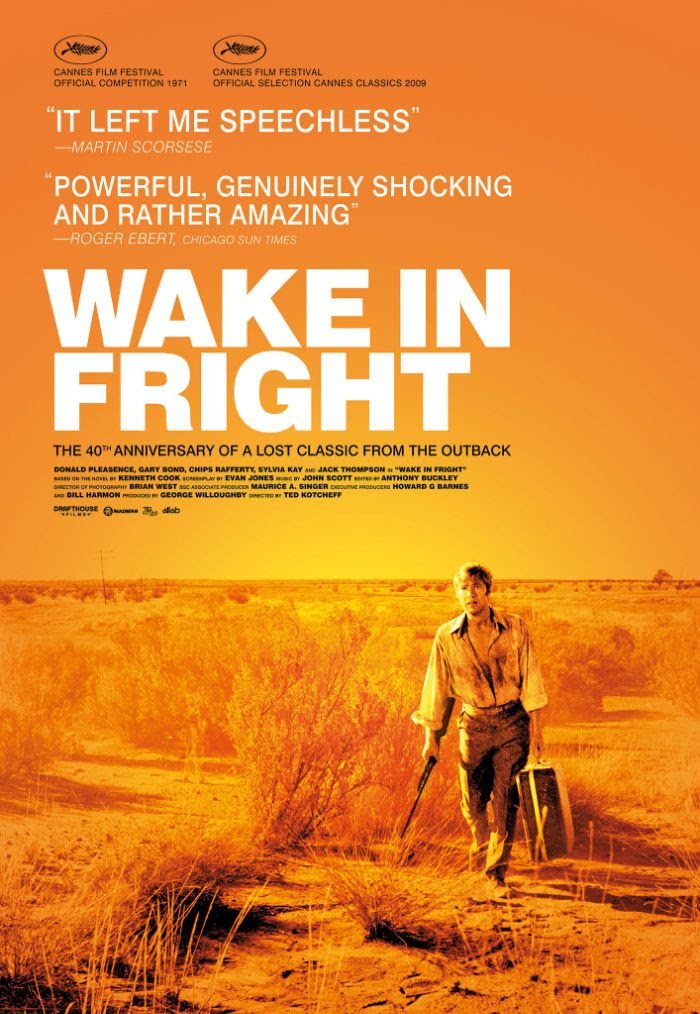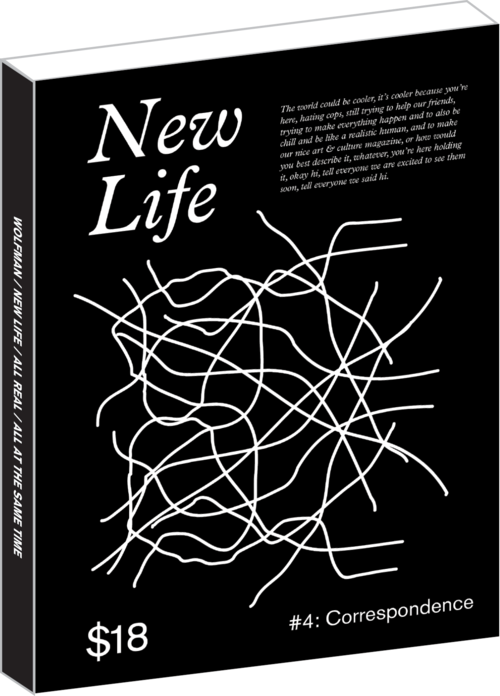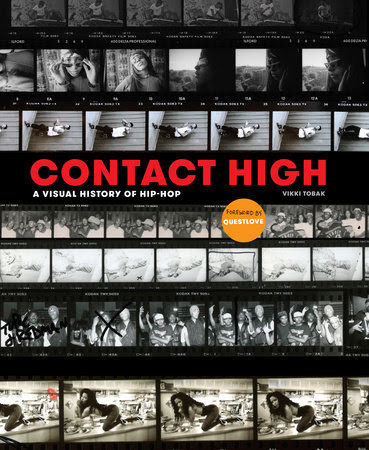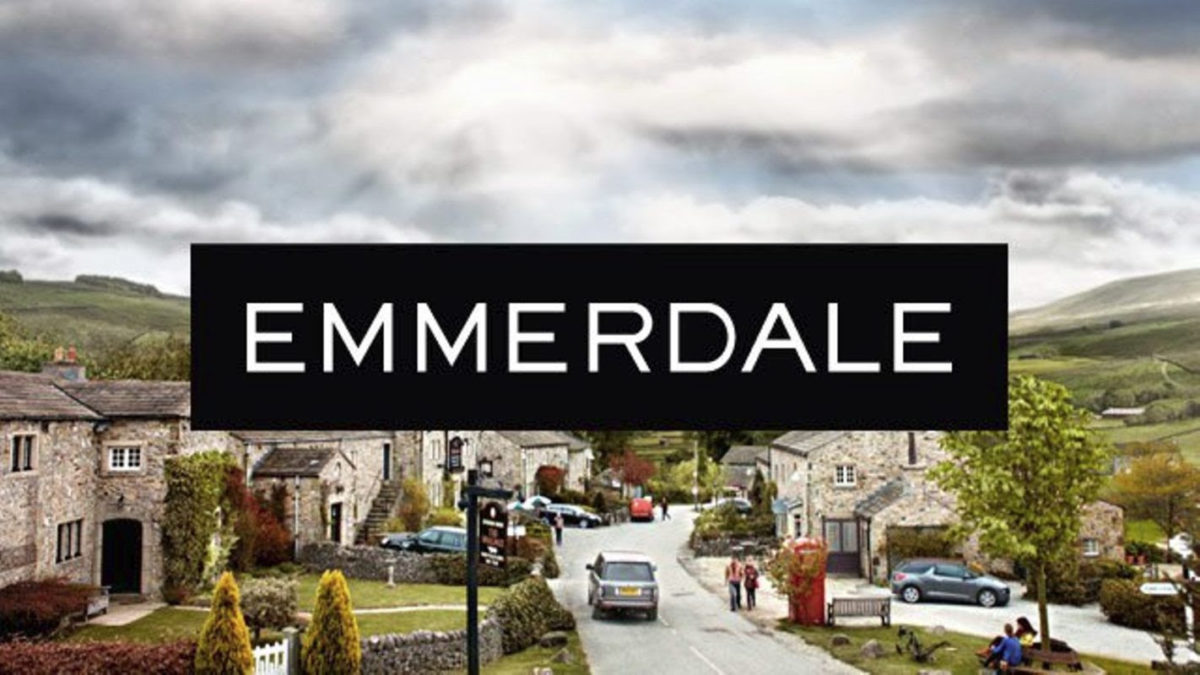
Wake In Fright
A film by Ted Kotcheff
Everything about Wake in Fright is hot. From the color pallet to the one dollar steak, rare is the scene when a character’s not sweating. Christmas in central Australia, where the movie was shot in Broken Hill, often reaches 100º. People die from heatstroke there, and if life were really anything like Wake in Fright, maybe death wouldn’t be a bad thing.
John Grant, a schoolteacher played by British actor Gary Bond, is on Christmas break from a teaching assignment at a remote outpost. On the train out, Grant puts on sunglasses and immediately it’s clear he feels superior to the dust and the flies and the sun-damaged men who sit on the coach beside him singing “old gray mare / she ain’t what she used to be.”
Grant gets to Bundanyabba, a thinly fictionalized Broken Hill, and goes out for a drink. A cop lights his cigarette at the bar, and calls him mate. He buys him one beer, and then another. Soon it becomes clear that the local etiquette of mateship dictates that if a man wants to buy another man a beer, he better well drink it. Director Ted Kotcheff estimated that Chips Rafferty, the actor playing the cop, had to drink about thirty pints. When he tried to give him non-alcoholic beer, Rafferty, once called “the living symbol of the typical Australian,” said, “I can’t act with non-alcoholic beer. I need real beer.” Beer is in many ways the catalyst for what degradation ensues.
Grant gambles all his money away on two-up, a drunken hours-long and often violent game of flipping a coin, and it becomes apparent that he isn’t getting out of the mining town soon. More men buy him beer. He drinks it. Violence lurks under the insistent and constant utterance of the word mate.
The film’s turning point, when Grant loses all sense of superiority and gives in to his animal instincts, is also its most controversial. Kotcheff asked sixteen local hunters if he could film them on their nightly kangaroo hunting routine, and they agreed. The hunters asked where to shoot the animals, in the brain or in the kidney, and Kotcheff told them to pretend like he wasn’t there. Whether they pretended or not, the hours-long killing, skinning, and decapitation of kangaroos eventually made the movie’s British producer faint. People still walk out during the hunt scene, even though the act is documentary, and not meant to be pleasant.
Excepting the score, a kind of bouncy-cum-demented take on the theme of Midnight Cowboy, none ofWake in Fright is pleasant, really, but it is a masterpiece. It’s a tone-poem in the crude art of depravity. It’s a real portrait of hell on earth. What’s arguably worst about hell, and most terrifying, isn’t the demons or the fire, but the fact that if you let loose, it’s actually pretty fun down there. Wait for a cold night to watchWake in Fright, and just try not to sweat—or smile.
—Hayden Bennett, Deputy Editor
New Life Quarterly
A literary magazine edited by E.M. Wolfman
Founded in 2017, New Life Quarterly is a literary journal published by E.M. Wolfman, an independent bookstore and community hub in downtown Oakland. Featuring columns, reviews, and essays, as well as selected poetry, fiction, and art portfolios, the magazine’s latest issue is dedicated to artist correspondence, and presents twenty pairs artists in conversation across a variety of mediums. Past issues have included essays on open-ocean swimming, reviews of flannel t-shirts, and a column on sports and gender by poet Jordan Karnes. I particularly enjoy the “People” section, which features mini-profiles of cultural figures out and about in the world. In one piece, radio producer Claire Mullen tables with artist and publisher Raphael Villet at a zine festival in Mexico City. In another, artist Margaret McCarthy goes to the farmer’s market with filmmaker Pete Lee. The conceit generates a natural immediacy and often produces compelling scenes.
In addition to their quarterly, Wolfman also sells fine textiles and publishes full-length books, including one of my favorite nonfiction works of the last few years, Meagan Day’s Maximum Sunlight, which explores the people and history of Tonopah, Nevada, a small desert town known for its clown-themed motel and frequent UFO sightings.
But this recommendation is primarily for the quarterly, because it is a great quarterly, and it deserves a lot of readers. I know many people were saddened by the announcement that, after twenty years, Tin House is shuttering its print magazine. It is a huge blow for the literary biosphere. There is no denying this. For so many years, Tin House helped launch the careers of new writers and artists, publishing emerging voices alongside better-known quantities. Nothing can replace it and its absence will be felt, but one thing we can do, to keep our print culture healthy and vibrant, is support emerging journals that are doing good work. And the New Lifers are doing good work.
—Daniel Gumbiner, Managing Editor
Contact High
A book by Vikki Tobak
What if Biggie were beaming instead of brooding in that portrait with the blood-red background and the crooked gold crown? What if Flav were in the foreground of the Nation of Millions cover instead of Chuck?  What if Donald Byrd hadn’t brought his trumpet along when he and Guru and a photographer walked around the corner for something sweet to keep Byrd’s blood sugar up? Vikki Tobak’s Contact High project, which hit display tables in October as a behemoth coffee-table book, presents four decades’ worth of hip-hop iconography through the reflective lenses of the photographers who created it, making the persuasive case that when we hear hip-hop we see it too. Better still, it contains not only the images we know from album covers and magazine spreads, and not only the associated technical specs and anecdotes—these overwhelmingly center on the rapper or rappers showing up several hours late to the shoot—but also the misfires and alternate takes that came before and after what Cartier-Bresson called the decisive moment: slight variations on the pictures now seared into our shared visual memory, in which we see the silliness and vulnerability behind the poses, the exuberance and boredom behind the silliness, the exceptionally contemporary predicament of already interesting people trying to look interesting on cue. Contact High is at once a visual commentary track to some of the most successful and jubilant branding exercises of the last forty years, and an arresting glimpse of the real human personalities, heavily stylized but paradoxically unguarded, beneath them.
What if Donald Byrd hadn’t brought his trumpet along when he and Guru and a photographer walked around the corner for something sweet to keep Byrd’s blood sugar up? Vikki Tobak’s Contact High project, which hit display tables in October as a behemoth coffee-table book, presents four decades’ worth of hip-hop iconography through the reflective lenses of the photographers who created it, making the persuasive case that when we hear hip-hop we see it too. Better still, it contains not only the images we know from album covers and magazine spreads, and not only the associated technical specs and anecdotes—these overwhelmingly center on the rapper or rappers showing up several hours late to the shoot—but also the misfires and alternate takes that came before and after what Cartier-Bresson called the decisive moment: slight variations on the pictures now seared into our shared visual memory, in which we see the silliness and vulnerability behind the poses, the exuberance and boredom behind the silliness, the exceptionally contemporary predicament of already interesting people trying to look interesting on cue. Contact High is at once a visual commentary track to some of the most successful and jubilant branding exercises of the last forty years, and an arresting glimpse of the real human personalities, heavily stylized but paradoxically unguarded, beneath them.
—Daniel Levin Becker, Contributing Editor
Emmerdale
A soap opera created by Kevin Laffan
For the past year or so I’ve been increasingly attracted to tenderness, the kind of sweetness that slowly takes hold. Chalk it up to the state of the world, the frenzied nature of staying up-to-date in this heavily mediatized moment, my dating history, the novel I’m writing, or my age (approaching 30 and just past my “Saturn’s Return”). But more than anything, I gauge my emotional health on whether or not I feel properly tuned into my tenderness: for myself, for others. I’ve been seeking out places where this kind of thing is on offer in high supply: ’80s R&B slow jams, cutesy emojis, meditation apps, many-step skincare routines, books about the correspondence between lovers, soap operas. Sometimes these interests overlap. Often the musical odes to sensitivity and emotional reinforcement are duets that feel like the songwriting analogue to letter-writing (The SOS Band’s “Tell Me If You Still Care,” for example). Or sometimes the quiet storm R&B ends up in soaps (Patti Austin and James Ingram’s “Baby, Come to Me” scores the early phase of General Hospital’s “Luke and Laura” storyline). Sometimes the manifestation of tenderness veers into what’s called “pure unadulterated fluff” in fanfiction, and sometimes it’s something a bit more subtle, like a person saying “chin up” after a long day.
of the world, the frenzied nature of staying up-to-date in this heavily mediatized moment, my dating history, the novel I’m writing, or my age (approaching 30 and just past my “Saturn’s Return”). But more than anything, I gauge my emotional health on whether or not I feel properly tuned into my tenderness: for myself, for others. I’ve been seeking out places where this kind of thing is on offer in high supply: ’80s R&B slow jams, cutesy emojis, meditation apps, many-step skincare routines, books about the correspondence between lovers, soap operas. Sometimes these interests overlap. Often the musical odes to sensitivity and emotional reinforcement are duets that feel like the songwriting analogue to letter-writing (The SOS Band’s “Tell Me If You Still Care,” for example). Or sometimes the quiet storm R&B ends up in soaps (Patti Austin and James Ingram’s “Baby, Come to Me” scores the early phase of General Hospital’s “Luke and Laura” storyline). Sometimes the manifestation of tenderness veers into what’s called “pure unadulterated fluff” in fanfiction, and sometimes it’s something a bit more subtle, like a person saying “chin up” after a long day.
As related as all of these forms are in their focus on love, care, and affection, one of these things is not like the other. On the surface, soap operas might seem like the last place in the world to find tenderness, with their volatile plotting and melodramatic machinations, but there’s something about the almost daily schedule of soaps that allows for an accretion of, I don’t know, life? Their frequency allows for a buildup of intensity, drama, kitchen-sink narrative, double-crosses, and, of course, dead bodies. There’s also intimacy. Since August of last year I’ve been watching this one British soap Emmerdale, which is set in a village within the Dales, near Manchester. The show’s about the increasingly interrelated lives of the families in the community, and their share of love, loss, betrayal, and restoration. But it’s really about vicissitudes and how people navigate them.
Emmerdale characters’ ups-and-downs (evil twins, murder, faking their own deaths) might not resemble most of ours, but there’s still a relation to real life on this show more so than on most other soaps I’ve seen. The verisimilitude comes through in the relentlessness of stuff to overcome, and the tragicomic mix of humor and drama which is more akin to real life than any other form that silos the two. Emmerdale’s most lauded recent storyline is the love story between Charity Dingle and Vanessa Woodfield, the village’s bad girl and deeply closeted vet, respectively. The year-long relationship of Vanessa and Charity (Vanity), two single mothers in their forties, demonstrates tenderness at its best, a gradual acquiescence to the power of lending an ear, or borrowing one, or leaning into respect, adoration, and unacknowledged desire. Queer affect theory and melodrama commingle in this coupling like linked ankles poking beneath a duvet, or other kinds of entanglements the censors won’t let us see. (Trusting yourself to get an inference also feels tender.) You can find a 39-minute snapshot of their relationship on YouTube, and then you’ll see what I mean about accretion: even the summary is longer than a standard episode. Watching them figure it out every work day, I feel inclined to be kinder to myself.
P.S. On January 11, the cellist Kelsey Lu released her cover of 10CC’s “I’m Not in Love,” the ’70s FM-rock classic. It’s an ethereal slow jam, with cascading choral voices and an ominous string section, differing from the original in its embrace of the darker side of self-denial. “I’m Not in Love” is a tongue-in-cheek ditty about suppressing one’s own feelings or lying about them to seem cooler, but listening to Lu’s remake on repeat in between Emmerdale viewings has overlaid the song and show in my head. It doesn’t hurt that some of the lyrics “I keep your picture on the wall / It hides a nasty stain that’s lying there / So don’t you ask me to give it back / I know you know it doesn’t mean that much to me,” and “Oooh, you’ll wait a long time for me” sum the will-they-or-won’t-they quality of Charity and Vanessa’s early goings. I don’t have the time or skill to make YouTube fan videos, but if I did, I’d use that song for a Vanity edit.
—Niela Orr, Interviews Editor




